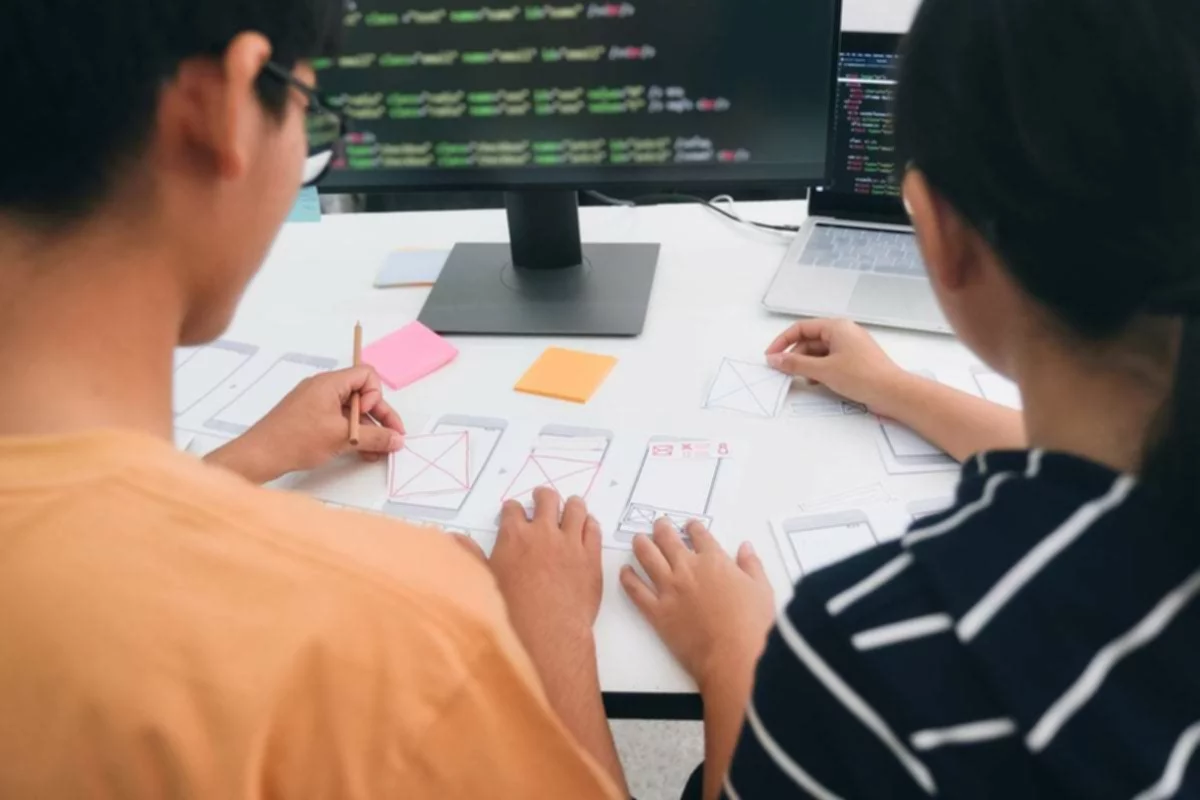In most cases, an ANN is an adaptive system that changes its structure based on external or internal information that flows through the network. When a neural net is being trained, all of its weights and thresholds are initially set to random values. Training data is fed to the bottom layer — the input layer — and it passes through the succeeding layers, getting multiplied and added together in complex ways, until it finally arrives, radically transformed, at the output layer. During training, the weights and thresholds are continually adjusted until training data with the same labels consistently yield similar outputs. These weights help determine the importance of any given variable, with larger ones contributing more significantly to the output compared to other inputs.
The weights for each neuron are turned during the training stage such that the final network output is biased toward some value (usually 1) for signal, and another (usually -1 or 0) for background. This is especially important because systems can be fooled and undermined, or just fail on certain tasks, even those humans can perform easily. For example, adjusting the metadata in images can confuse computers https://deveducation.com/ — with a few adjustments, a machine identifies a picture of a dog as an ostrich. Machine learning programs can be trained to examine medical images or other information and look for certain markers of illness, like a tool that can predict cancer risk based on a mammogram. In some cases, machine learning can gain insight or automate decision-making in cases where humans would not be able to, Madry said.
What are Neural Networks?
A neural network is a network of artificial neurons programmed in software. It tries to simulate the human brain, so it has many layers of “neurons” just like the neurons in our brain. The first layer of neurons will receive inputs like images, video, sound, text, etc. This input data goes through all the layers, as the output of one layer is fed into the next layer. Weights are a very important topic in the field of deep learning because adjusting a model’s weights is the primary way through which deep learning models are trained. You’ll see this in practice later on when we build our first neural networks from scratch.

Neural nets are a means of doing machine learning, in which a computer learns to perform some task by analyzing training examples. An object recognition system, for instance, might be fed thousands of labeled images of cars, houses, coffee cups, and so on, and it would find visual patterns in the images that consistently correlate with particular labels. For each neuron in a hidden layer, it performs calculations using some (or all) of the neurons in the last layer of the neural network. In this section, you will learn to understand the importance and functionality of activation functions in deep learning. Do not worry if it was a lot to take in – we’ll learn much more about neurons in the rest of this tutorial.
How does a neural network learn things?
In all regions, the correlation values exceed 0.9, indicating high predictive success, with the exception in RFV [refer to supplemental material. Attempts to how do neural networks work automatically generate music have been made since the 1950s28. Many have also utilized Artificial Neural Networks (ANNs) for music generation29,30,31,32.
In more practical terms, neural networks are non-linear statistical data modeling or decision making tools. They can be used to model complex relationships between inputs and outputs or to find patterns in data. Modeled loosely on the human brain, a neural net consists of thousands or even millions of simple processing nodes that are densely interconnected. Most of today’s neural nets are organized into layers of nodes, and they’re “feed-forward,” meaning that data moves through them in only one direction.
The researchers found that no occupation will be untouched by machine learning, but no occupation is likely to be completely taken over by it. The way to unleash machine learning success, the researchers found, was to reorganize jobs into discrete tasks, some which can be done by machine learning, and others that require a human. The goal of AI is to create computer models that exhibit “intelligent behaviors” like humans, according to Boris Katz, a principal research scientist and head of the InfoLab Group at CSAIL. This means machines that can recognize a visual scene, understand a text written in natural language, or perform an action in the physical world. Back Propagation is the process of updating and finding the optimal values of weights or coefficients which helps the model to minimize the error i.e difference between the actual and predicted values.


